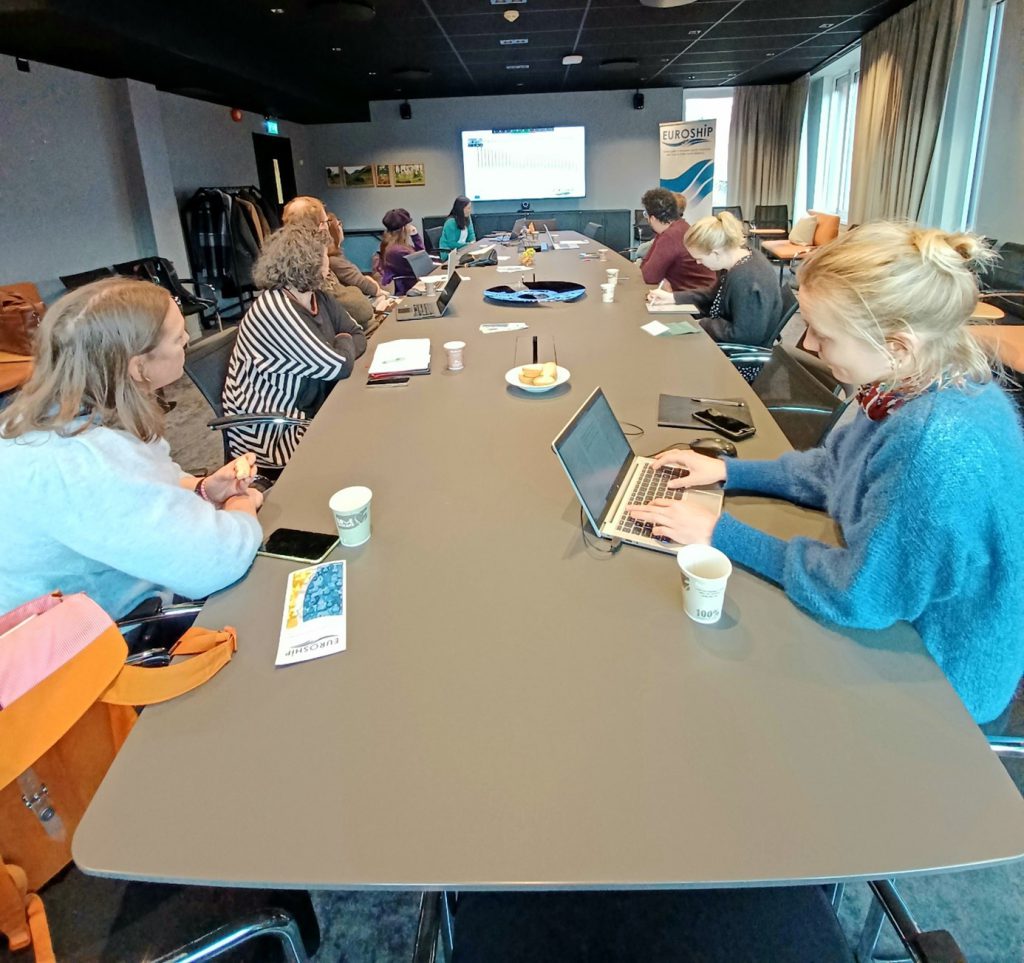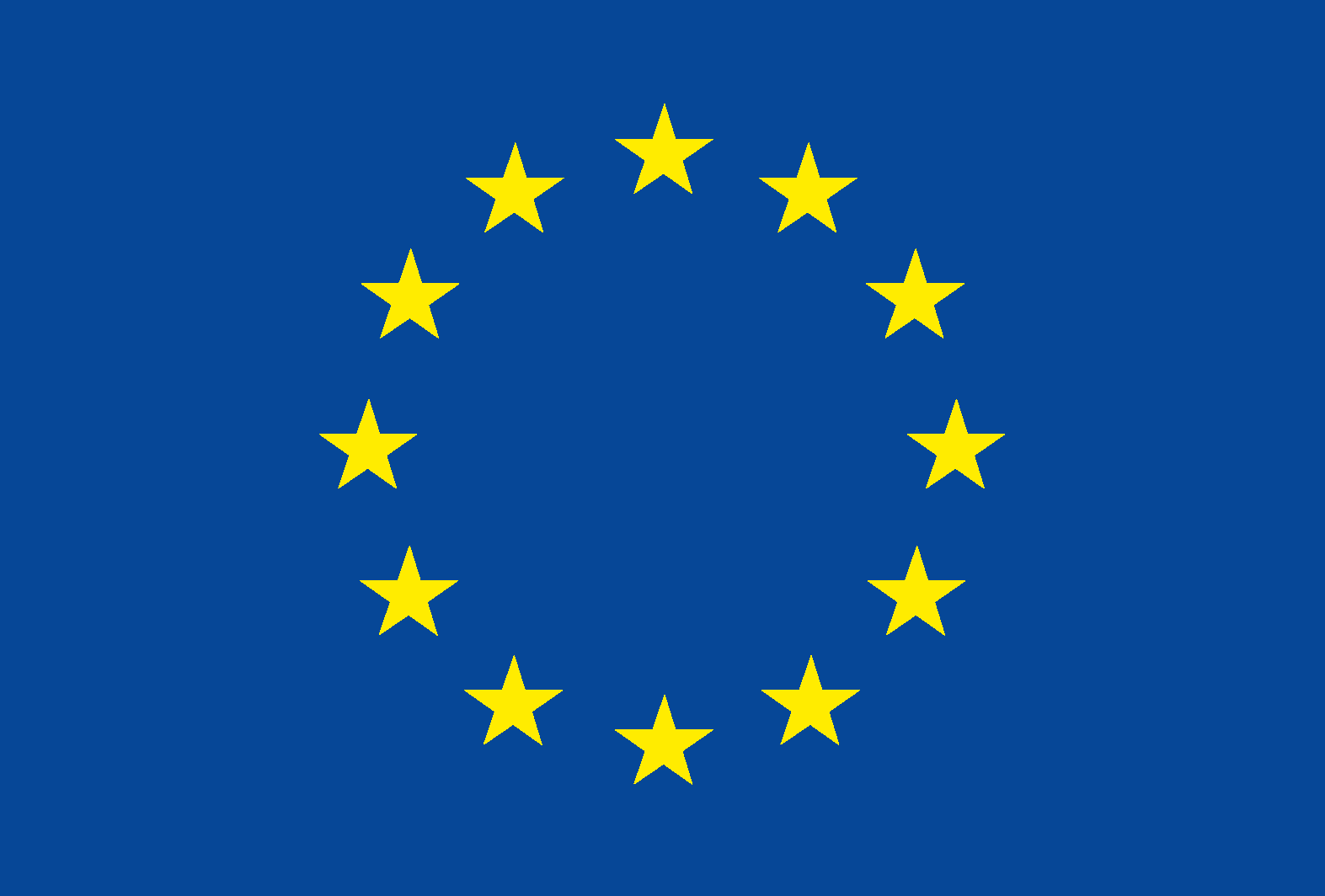Mi Ah Schøyen, Rune Halvorsen and Maria Lokna

Graph: DESI 2022: Digital public services in Europe
On 18 November OsloMet organized a workshop on digitalization of the welfare state. EAPN Norway, Stop the Discrimination, The Ombud for Older People, Seniornett, The Norwegian Association of Youth with Disabilities, NAV Work and welfare agency -Oslo, The Norwegian Association of Local and Regional Authorities (KS) and The Norwegian Digitalisation Agency participated in the discussion. The workshop brought several insights about the opportunities and risks of exclusion associated with digitalization of the Norwegian welfare state.
Norway is one of the most digitalized countries in Europe. Most of the interaction between public services and users take place via digital platforms or telephone. Yet, a Norwegian survey from 2021 demonstrates that 3% of the adult population does not use ICT or internet at all and 11% (about 600,000 individuals) have very low digital skills. Persons with low education, low-income groups, persons outside the labour market, and older persons are particularly at risk of digital exclusion. As a result, access to and take up of social rights might be at risk.
The discussion highlighted both opportunities and disadvantages of digitalization:
New opportunities
Online information and delivery of public services sometimes mean better availability for individuals living in rural areas You do not have to travel long distances. Instead, you can access the services from home. Persons with visual impairments can more easily access public information. You can enlarge the text or use text-to-speech technology. Persons with anxiety do not have to meet large crowds of people. NAV – the Work and Welfare Agency – can more easily reach out to youth and jobseekers with a wider range of measures, including to people who are reluctant to walk into a NAV office. Nobody else will know that you contact them, different from when you have to visit an office in person. Additionally, the idea is that efficient online services will allow NAV to use more time on those who need more face-to-face help and assistance.
Digital solutions may enable elderly persons to live longer at home. In Finnmark county you may have to drive two hours to measure your blood pressure. Persons above 60 years of age are the most frequent users of digital prescriptions. Digital medical consultations may also work well for some elderly citizens.
The ambiguity of digitalization
Sometimes it can be ambiguous whether digitalization is introduced to control the environment and to reduce the burdens on the frontline staff or to provide better services to the citizens. Nonetheless, digitalization may be part of the solution to address likely staff shortage and meet the expected increases in demand as the population ages.
Many NAV offices have very limited opening hours, sometimes only two hours per week. It is only those with the largest needs who are allowed to visit in person
Digital poverty
In some households the internet is primarily used for simple tasks like browsing the internet, online banking or access to public services. For such households, especially if the income is low, it might be more important that the broadband expenses are low than to have a gigabit broadband connection at home. There are also low-income families with poor quality ICT equipment and if the computer has a problem, they might not be able to afford to buy a new one. Finally, for users in need of immediate help, it is a problem if they must fill in an online form and then wait for an answer for a week.
Ageism
For many individuals the services provision is becoming more complex. Sometimes people receive a security device or a token for their electronic ID but without any instructions on how to use it. This represents a challenge for many elderly persons. In such situations it is not uncommon to give the token to a neighbour or family when they ask for help. As a result, their privacy and autonomy are at risk. Moreover, anyone who is not able to use online banking face extra charges whenever they receive paper invoices.
Disabling barriers
Persons with disabilities tend to be invisible or marginalized in public discussions about who are excluded from access to digital services. By and large the services have been designed and rolled out only for those with optimal functionings. You can achieve much with universal design but the minimum requirements Norway has adopted is not sufficient to ensure accessibility for all. Also, there is a huge gap between the universal design legislation and how it is implemented. The majority of the public websites tested by the Digitalisation Agency does not fully comply with the accessibility standards. The public sector is not performing much better than the private sector. For instance, DIGIPOST (the digital, public postal service) does not comply with universal design standards. One problem is that the owners of the solutions lack expertise in ordering what they need. If the designers and system developers only think about universal design in the very last minute, the design may create barriers for many users. All digital systems must be designed to be interoperable.
There will always be some people who will never be able to communicate via and use ICT. They will need alternative sources of information and communication. For young persons with disabilities, digitalization affects their participation on a number of arenas. In school pupils with disabilities do not have access to the same arenas and tools as their peers. This makes you worse off from the very beginning.
Concluding observation
For the Norwegian majority population access to equipment and broadband access is not a problem but digitalization of the welfare state creates new risks persons in vulnerable positions, persons who are marginalized and discriminated against: disabled people, persons with health conditions, person with substance addictions and psychosocial problems, newly arrived immigrants and minorities with no or only limited Norwegian language skills and knowledge of the Norwegian social protection system. These are often the citizens who need the welfare state services the most.


